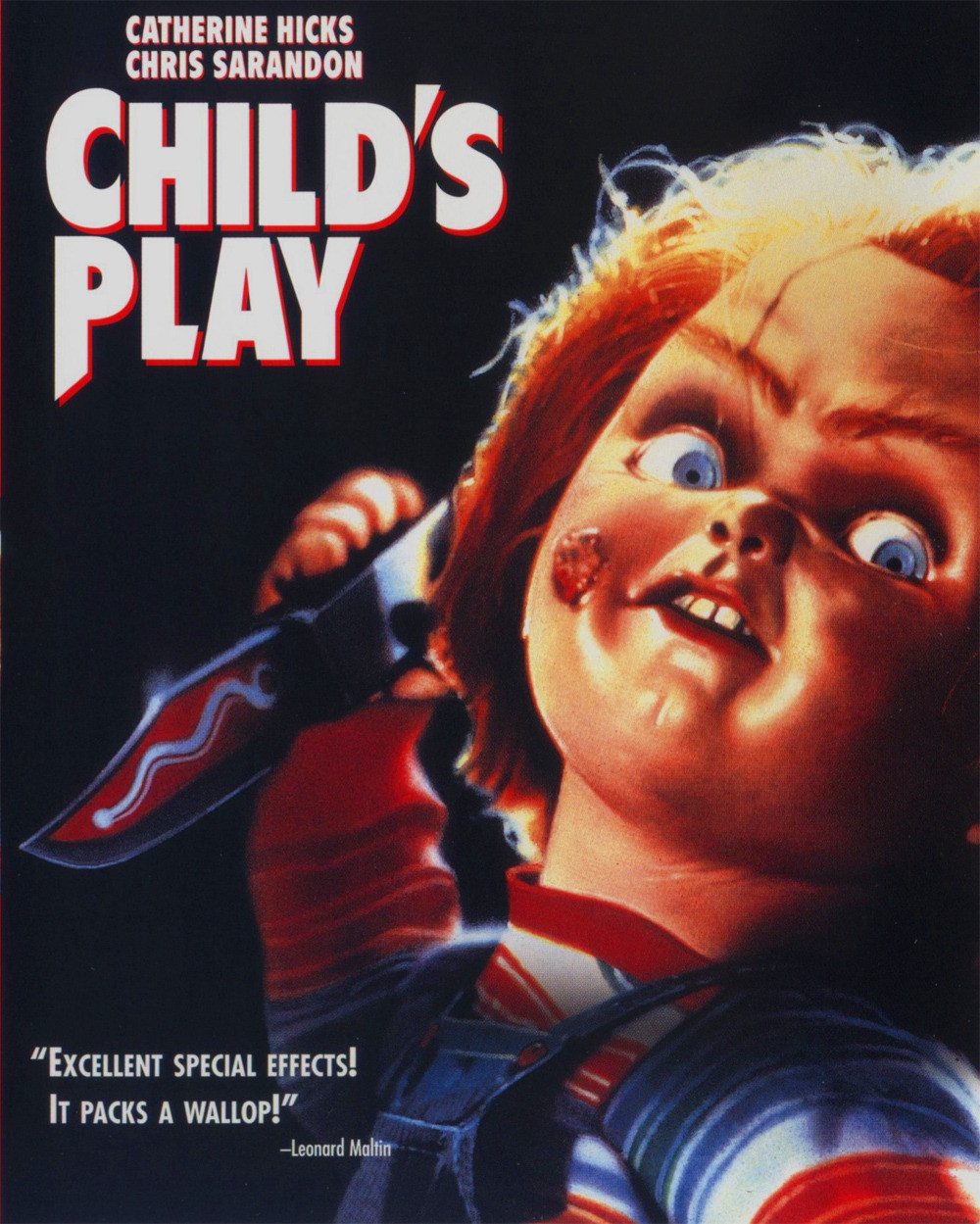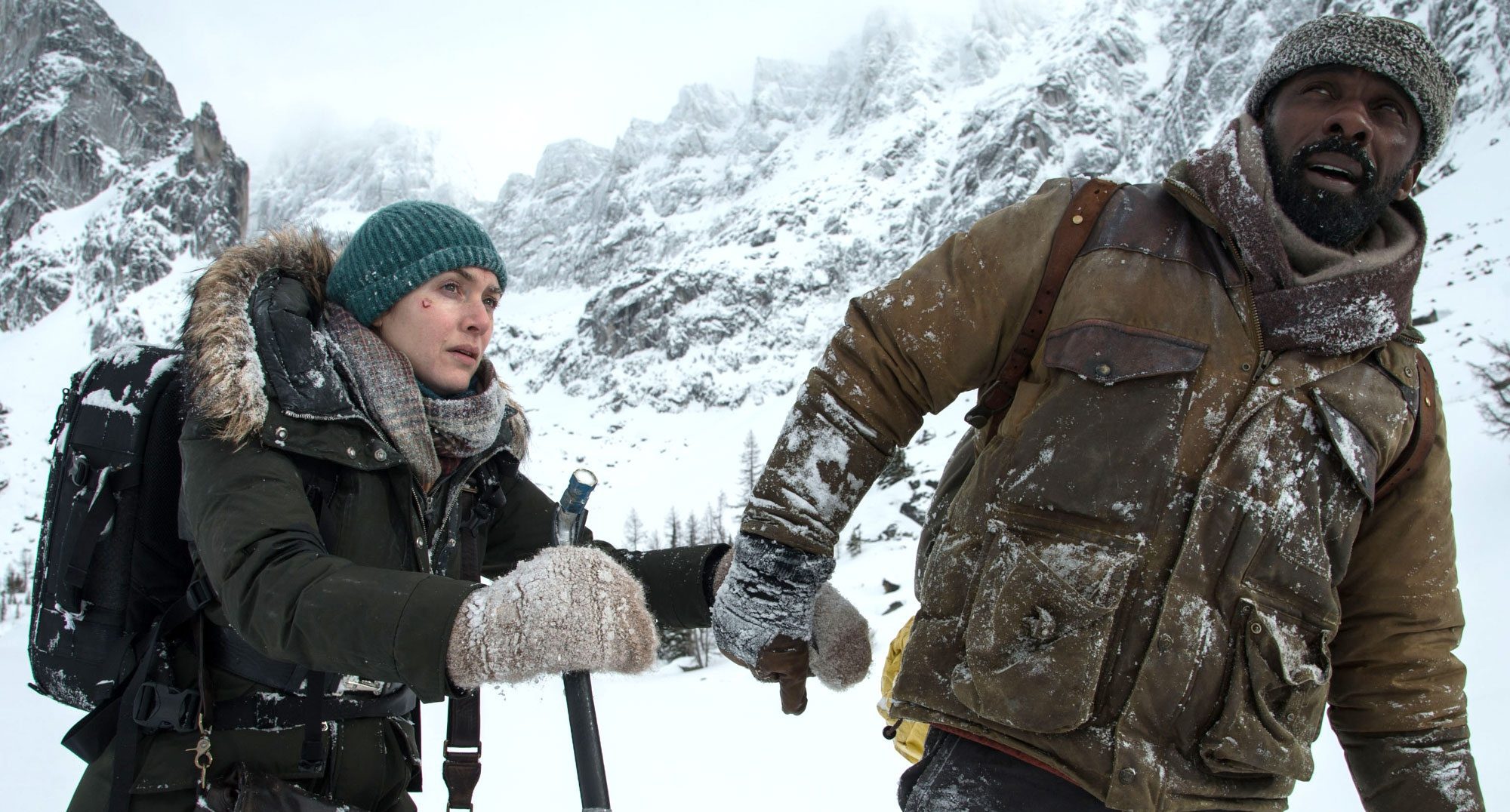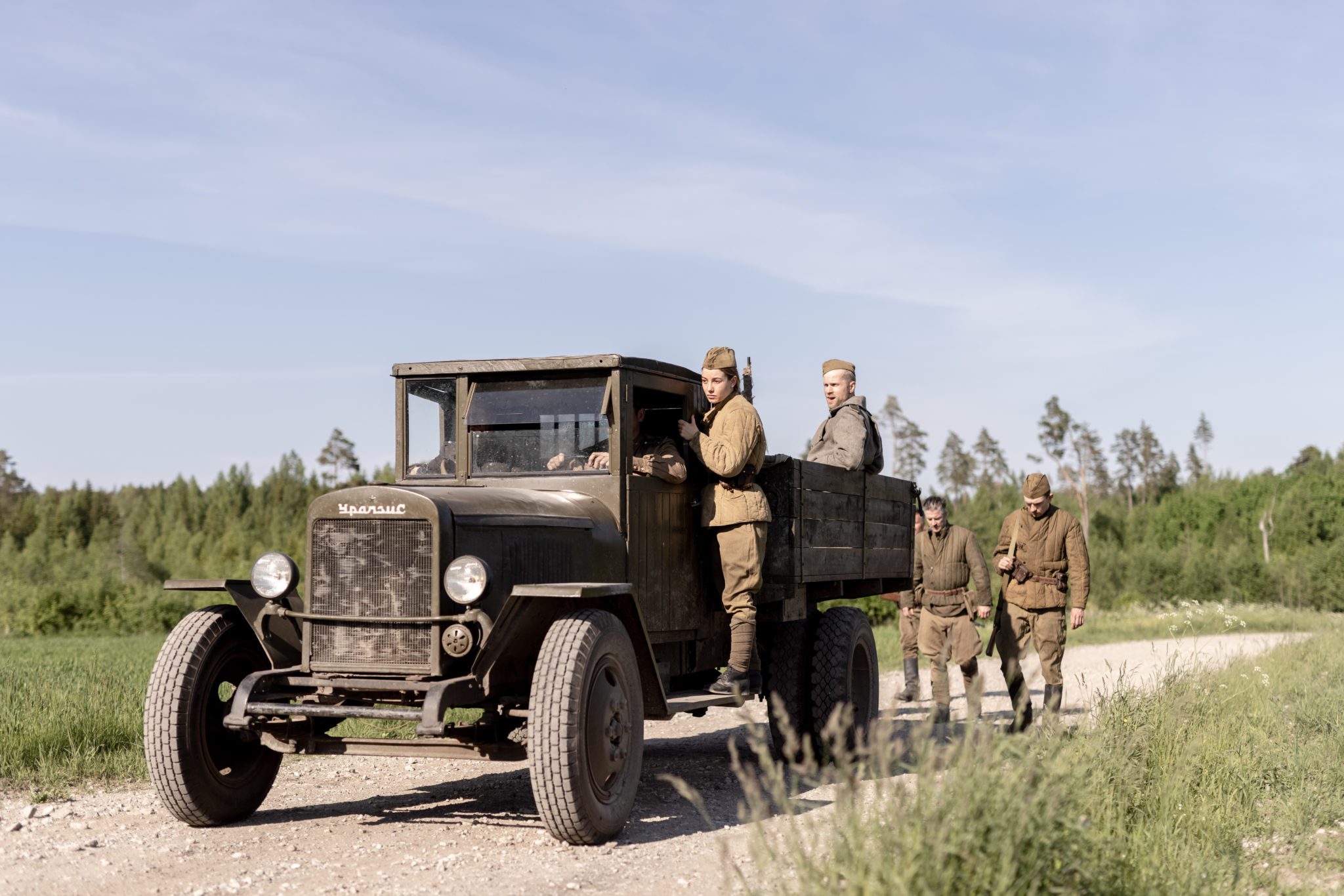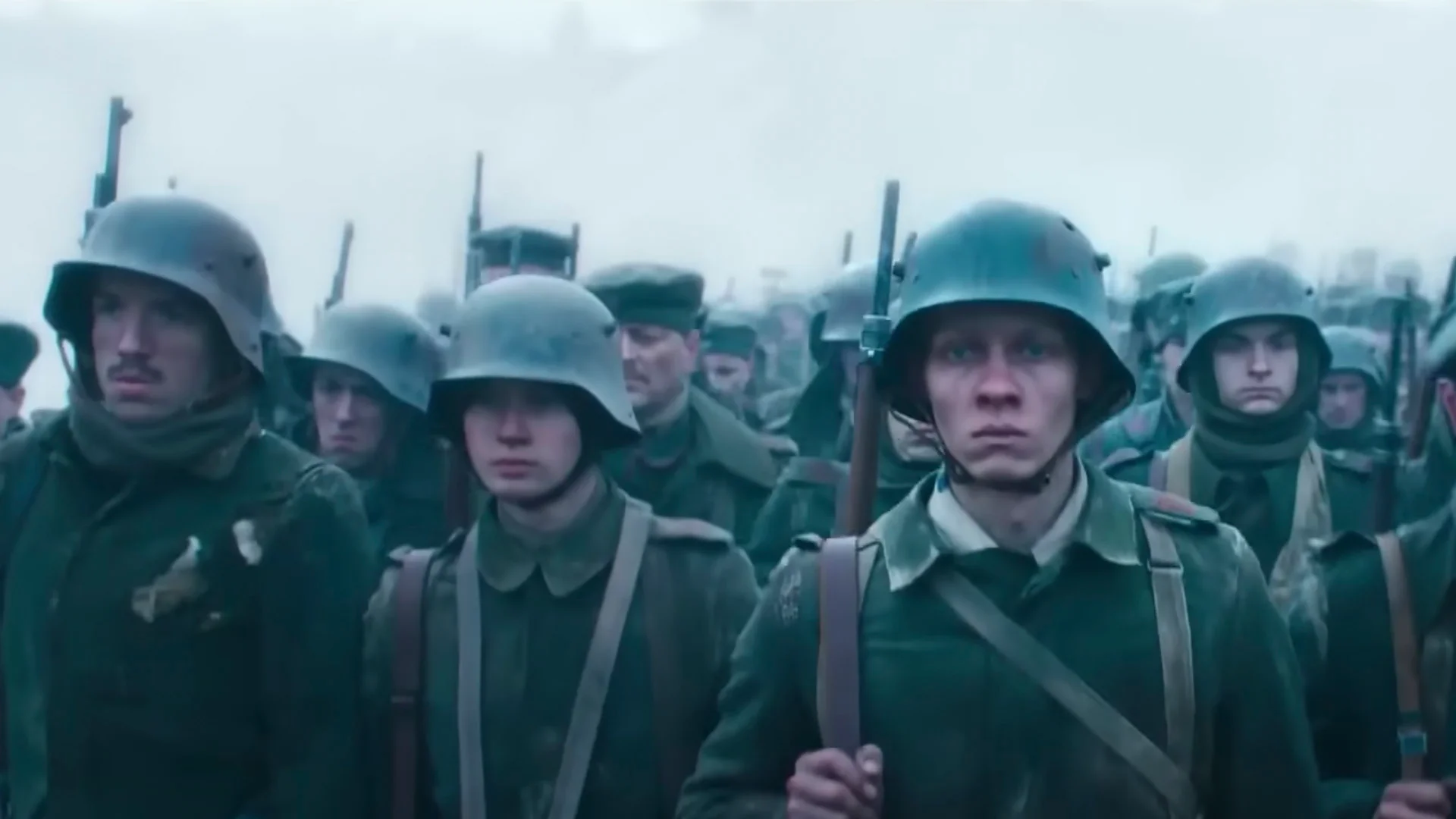
By Daniel Eng
All Quiet on the Western Front?follows the barely grown Paul (Felix Kammerer) as he joins the German army with his high school friends in the middle of WWI. This 2 1/2 hour war epic follows Paul as he finds himself on a horrific adventure where he witnesses the damaging violence that kills his fellow soldiers. His orders command him to continue to commit escalating acts of hatred. Paul lives but the guilt and pain erodes at this soul. His story is intercut with the German and Allied Leaders deal with the pettiest of grievances to end the war, showing the failure of power in the wrong hands.
In his opening sequence, director Edward Berger displays his intentions to display the innocence that is dismantled by the war on a vast environmental and deeply intimate level. In the very first shot of the film, we witness the beauty of nature through grand establishing shots which are later contrasted by shots overlooking the destruction and horror of the battlefield scattered with the dead. Then, the film follows a young soldier named Hans who introduces the viewer to the cruel, subjective experience of trench warfare and the brutality of hand-to-hand combat before cutting to the title card.
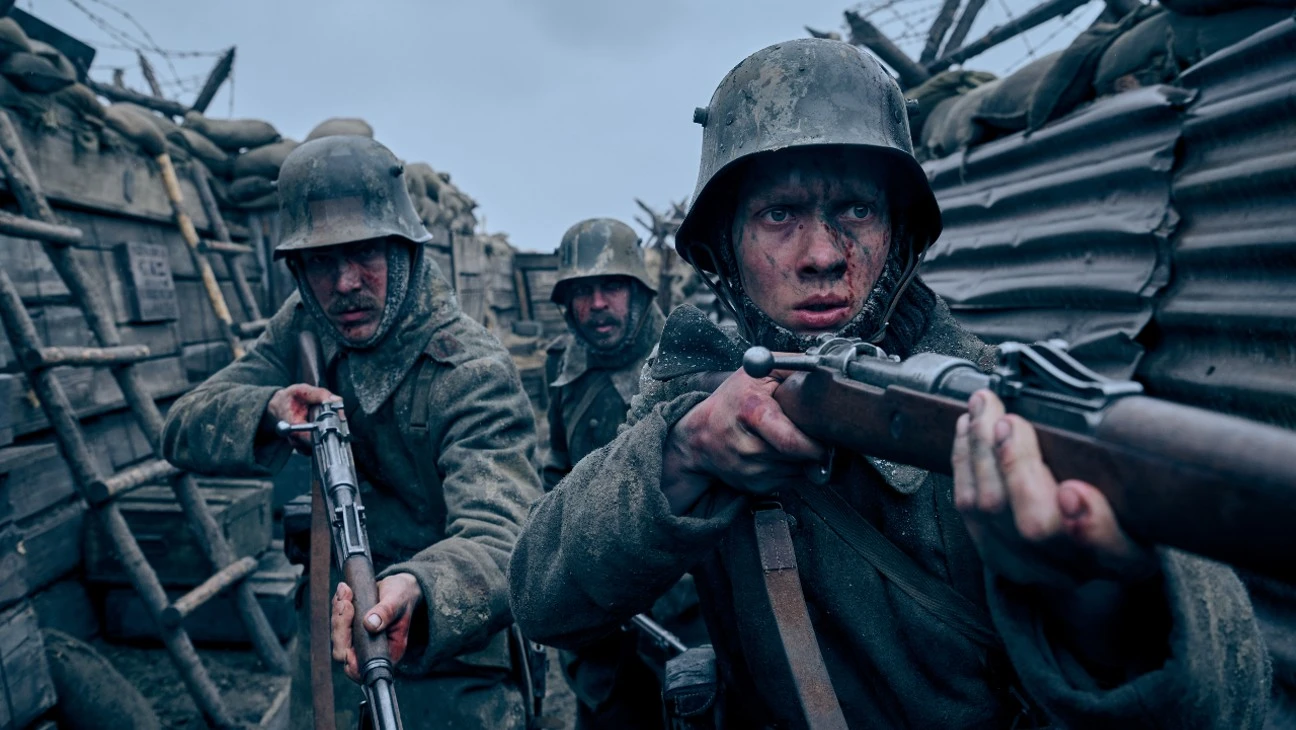
As Paul continually tries to recover from the trauma and grief of his friends who die early in the war, he starts to find camaraderie with his new company. Together, they indulge in the small, guilty pleasures of war, stealing a goose for Christmas, reading a letter from a spouse and smelling a?woman?s stolen scarf. The amount of joy?that they experience from consuming the delights of battle creates an effective shared empathy with the audience. Berger then uses these moments of quiet and joy to shatter any sense of contentment as Paul is continually thrusts us back into the chaos of battle where only yards are gained yet thousands die.
As Paul and his comrades kill in order to survive, the scarring nature of death reveals itself. In these conditions they have become subhuman. Rats crawl around their trenches and they walk sit in muddy water for days. The film’s score foreshadows this before they even reach the war zone with its memorable 3-beat synth. The theme contains a deep rock bass that invokes a youthful energy, a youthfulness?that?s about to be?fractured forever. These come in contrast to its traditional orchestral arrangements which bring both a sense of grief and peace over the audience. The opposing music genres create a more inconsistent tone throughout the film. The quiet moments become filled with these peaceful themes, leaving me to wonder if complete silence in contrast to the synth heavy theme would have a greater effect.
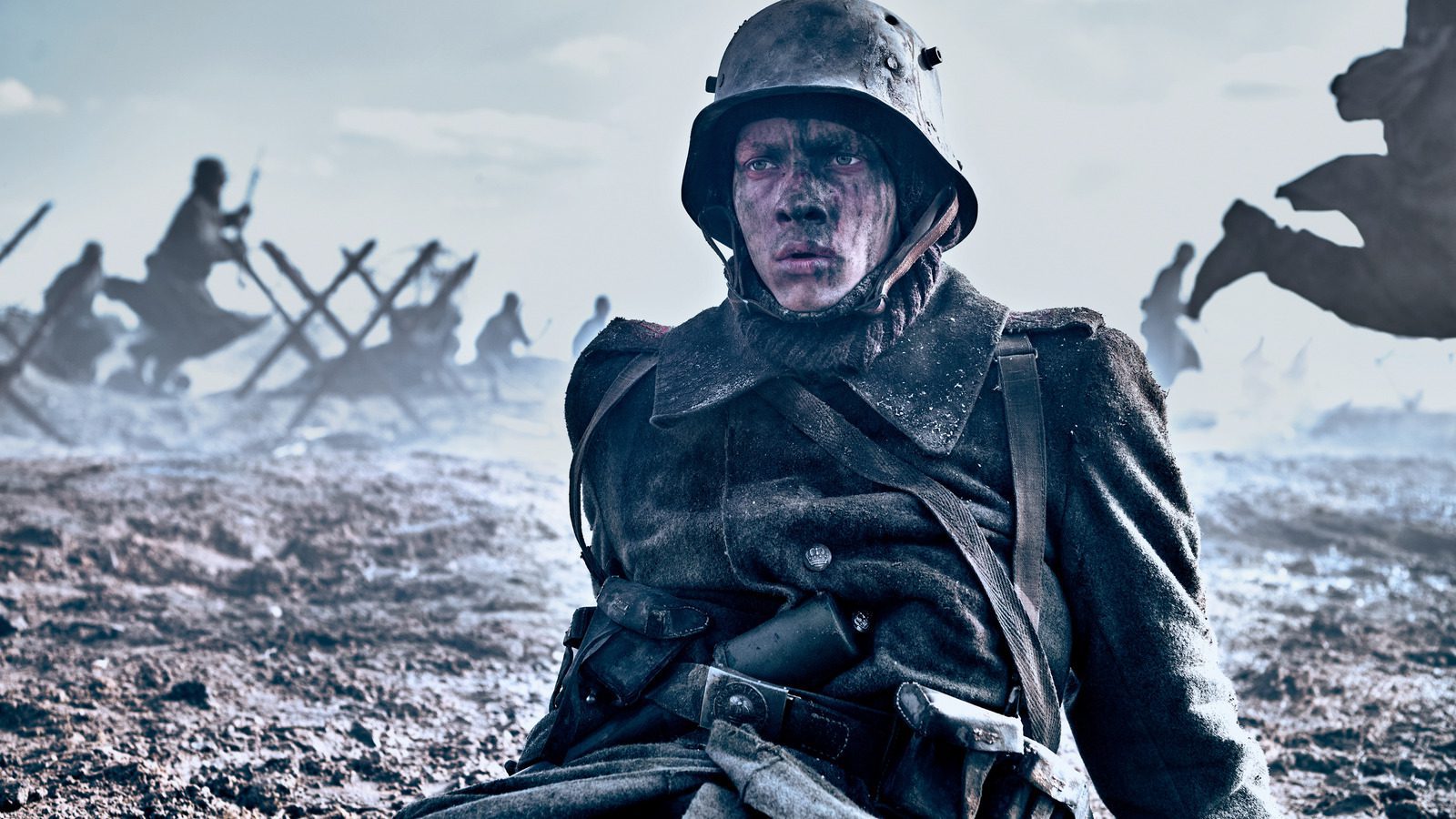
As the German Ambassador (Daniel Bruhl) signs the treaty to end the war, it seems the movie should follow suit,?yet it doesn?t. The film’s?de-escalation of obstacles puts the characters in a place of stasis. The writing then gives Paul and his friend Kat unconvincing desires that lead to risky decisions that I cannot empathize with. Then,?we?re thrust?right back into the war as Berger depicts an egotistical abuse of power by a German general to end his loss with a victory. What transpires creates a melancholic–though not at all unexpected–ending as Berger finishes his escapade on indicting the violence, cruelty, pride, and waste that was WW I.
All Quiet on the Western Front?is a searing anti-war epic which finds its power in its most personal and grand moments. Solemn shots of Paul beside his fallen enemy and standing in a forest are reminders of the beautiful and tragic power of silence. While we may not be fighting a war, we often find ourselves rushing to finish work, enjoying life and still making room for those who matter the most to us. I hope that, as you witness Berger emphasize the beauty of silence, you may use those moments of solace to think about times you may need it in your own life.
All of us need quiet, it?s just a matter of when.
All Quiet on the Western Front is available on Netflix now.

